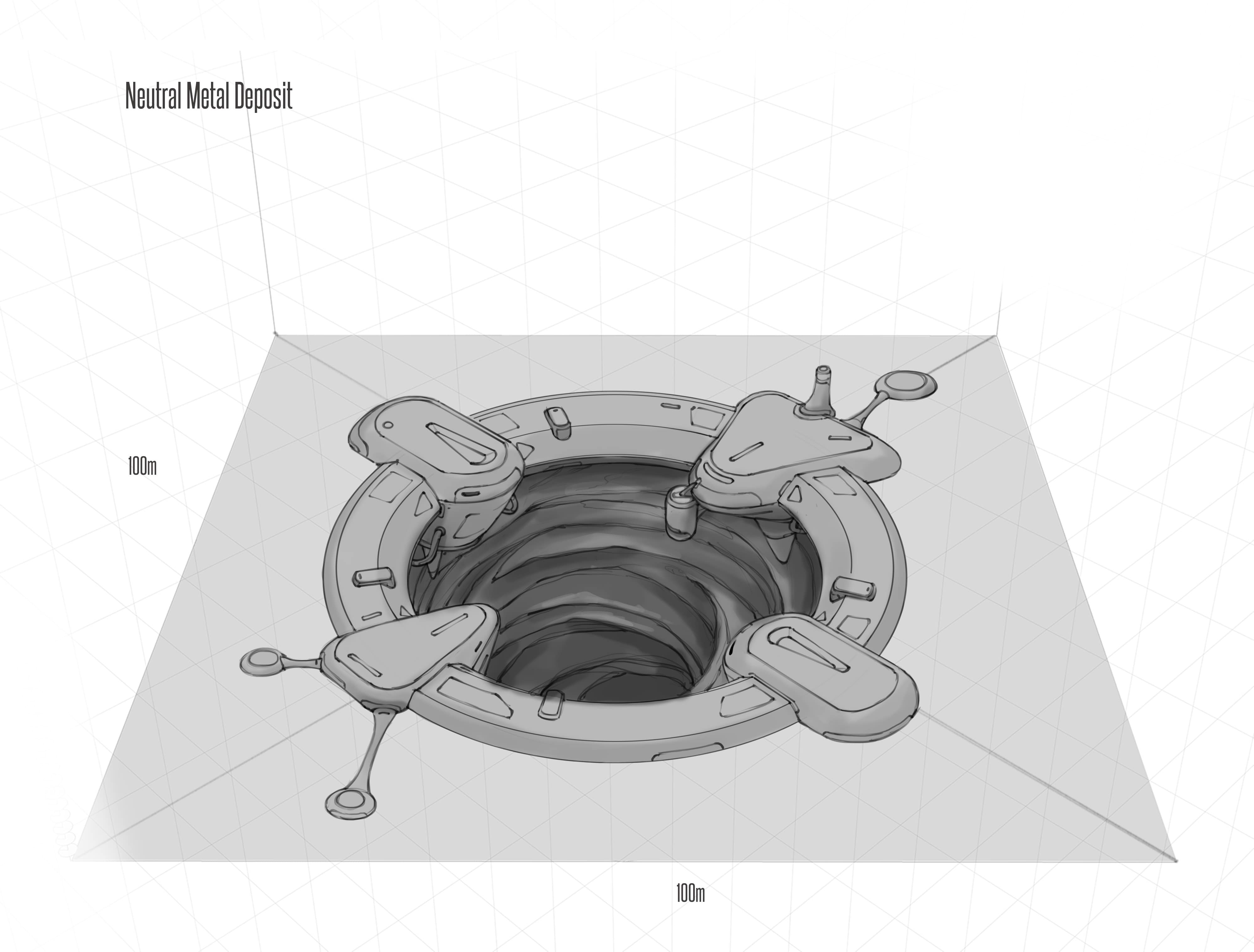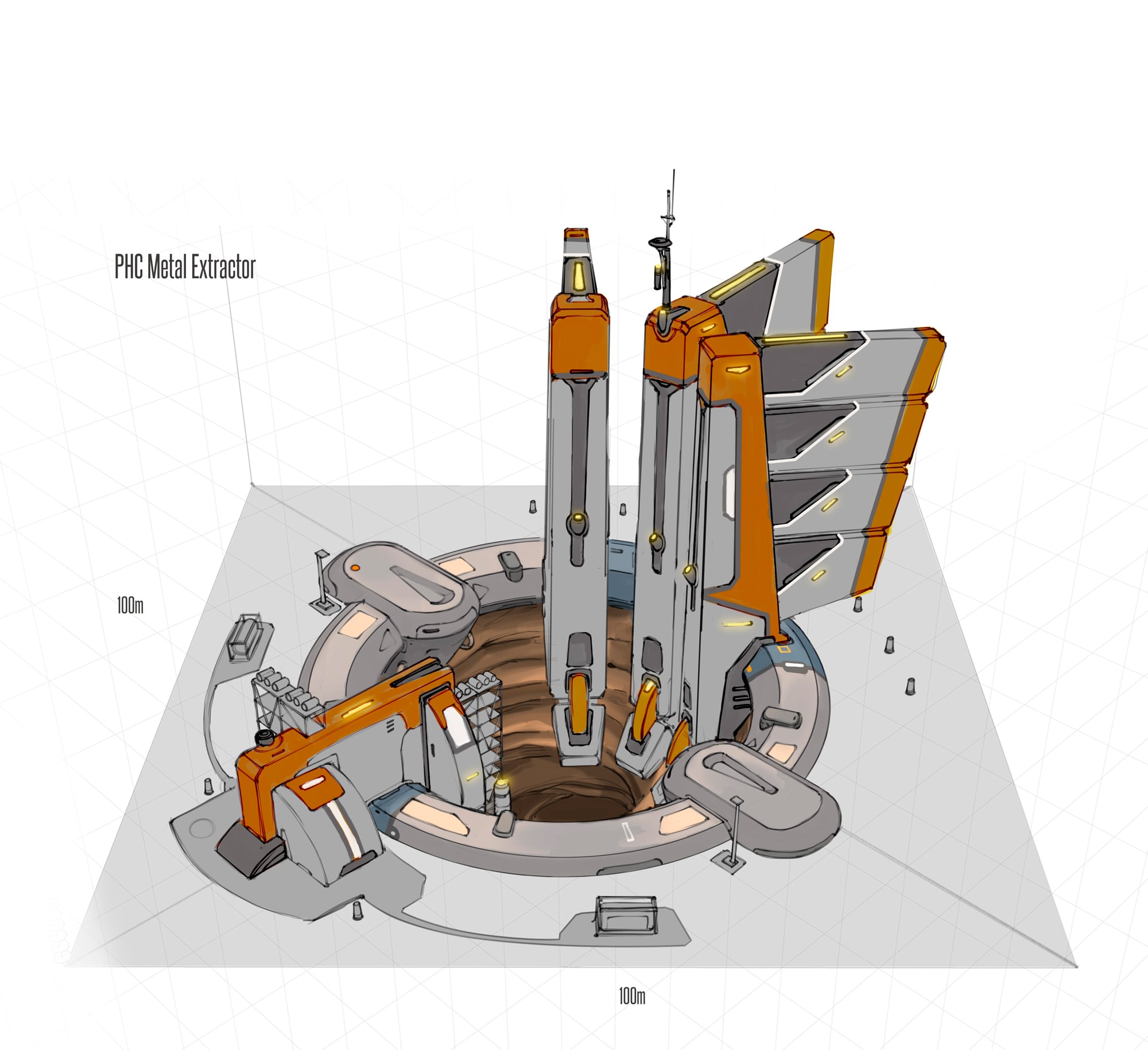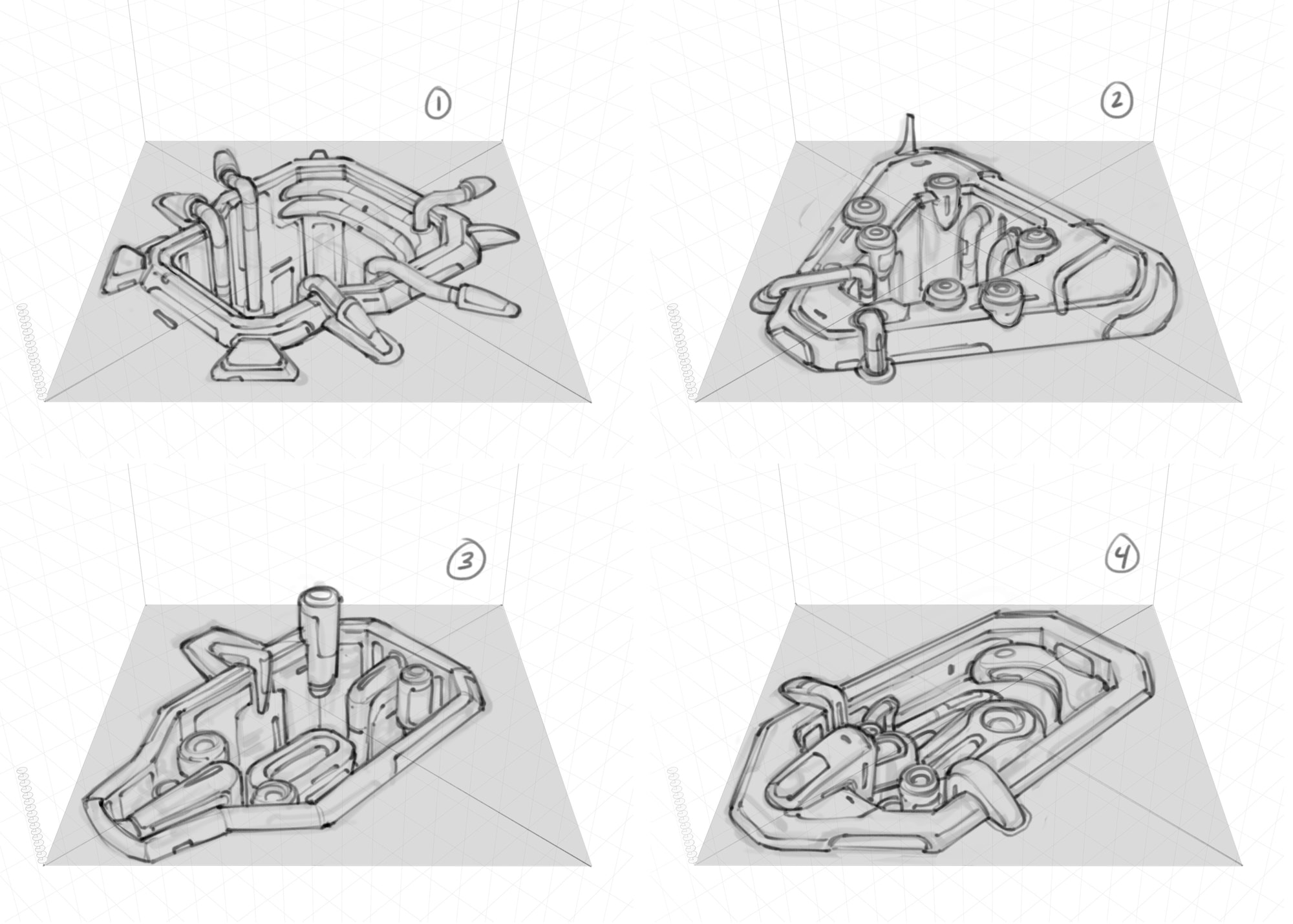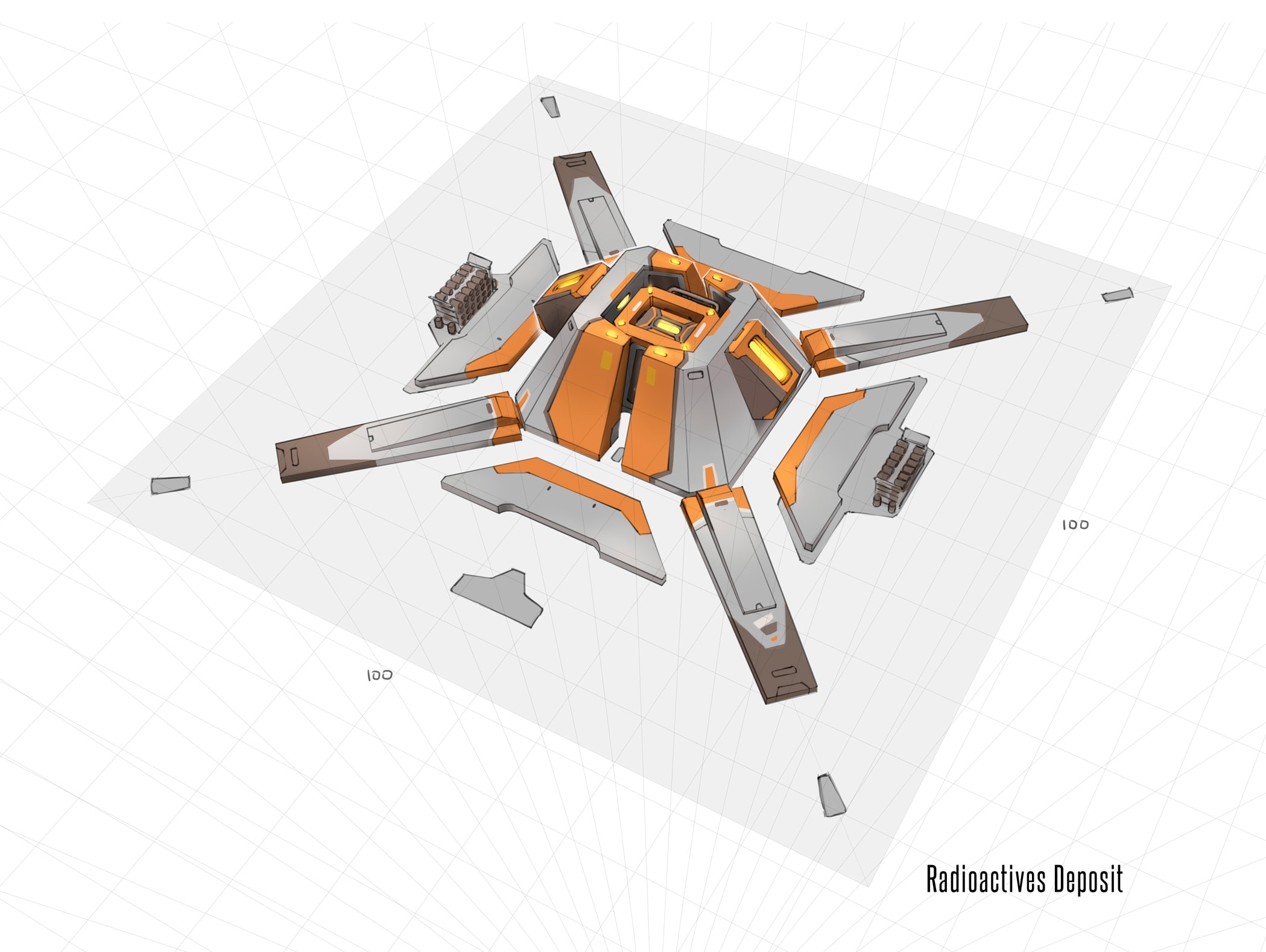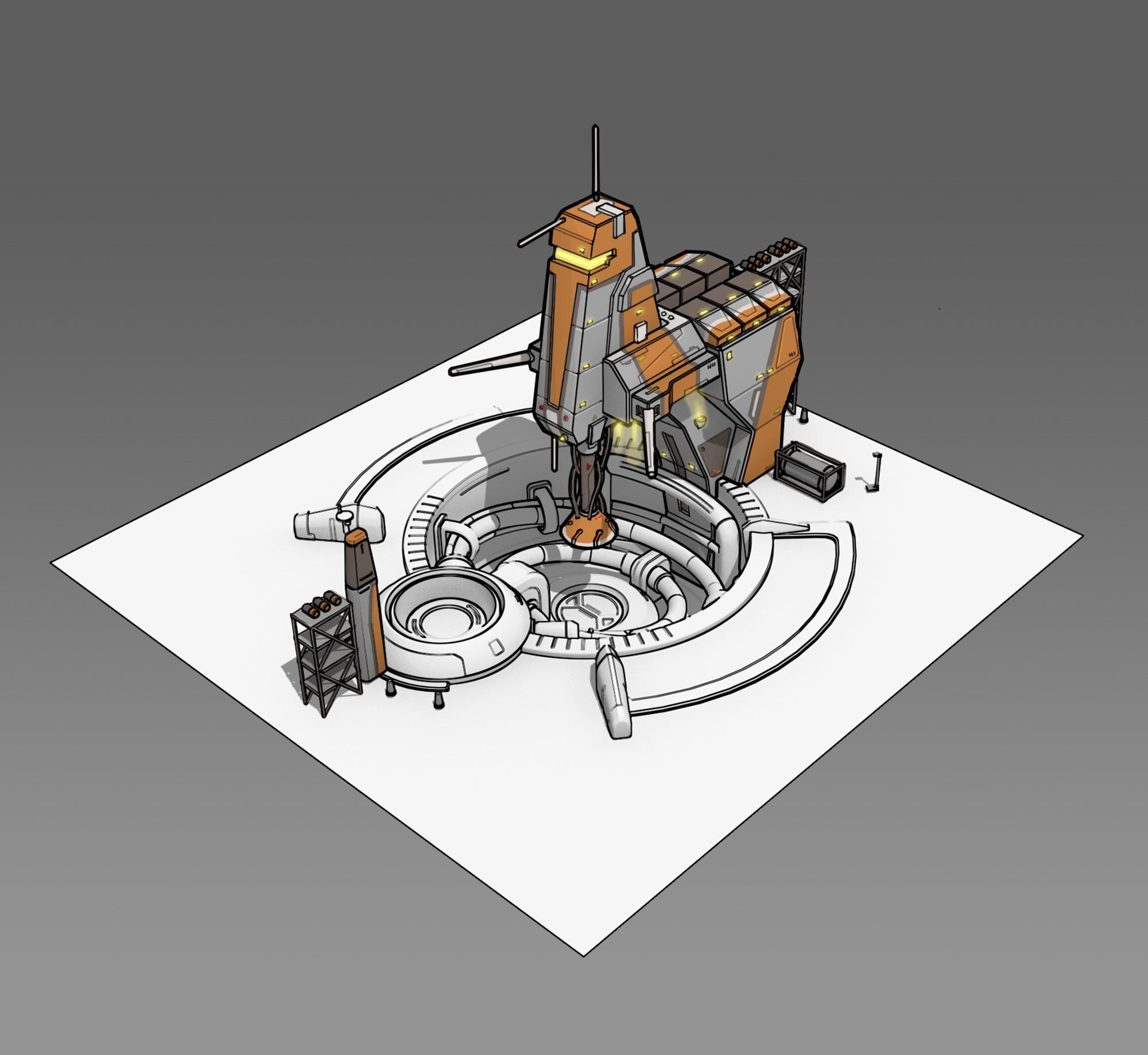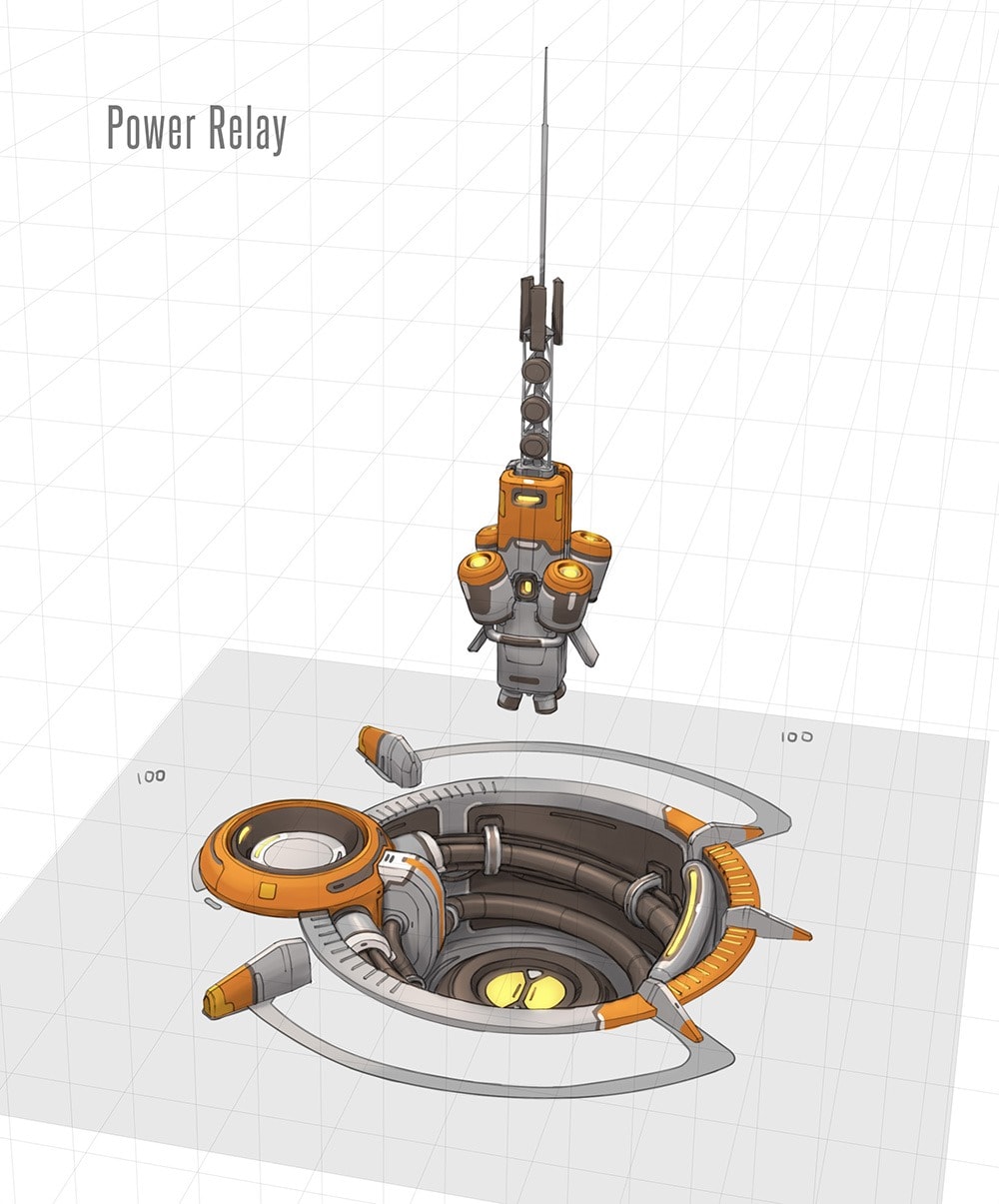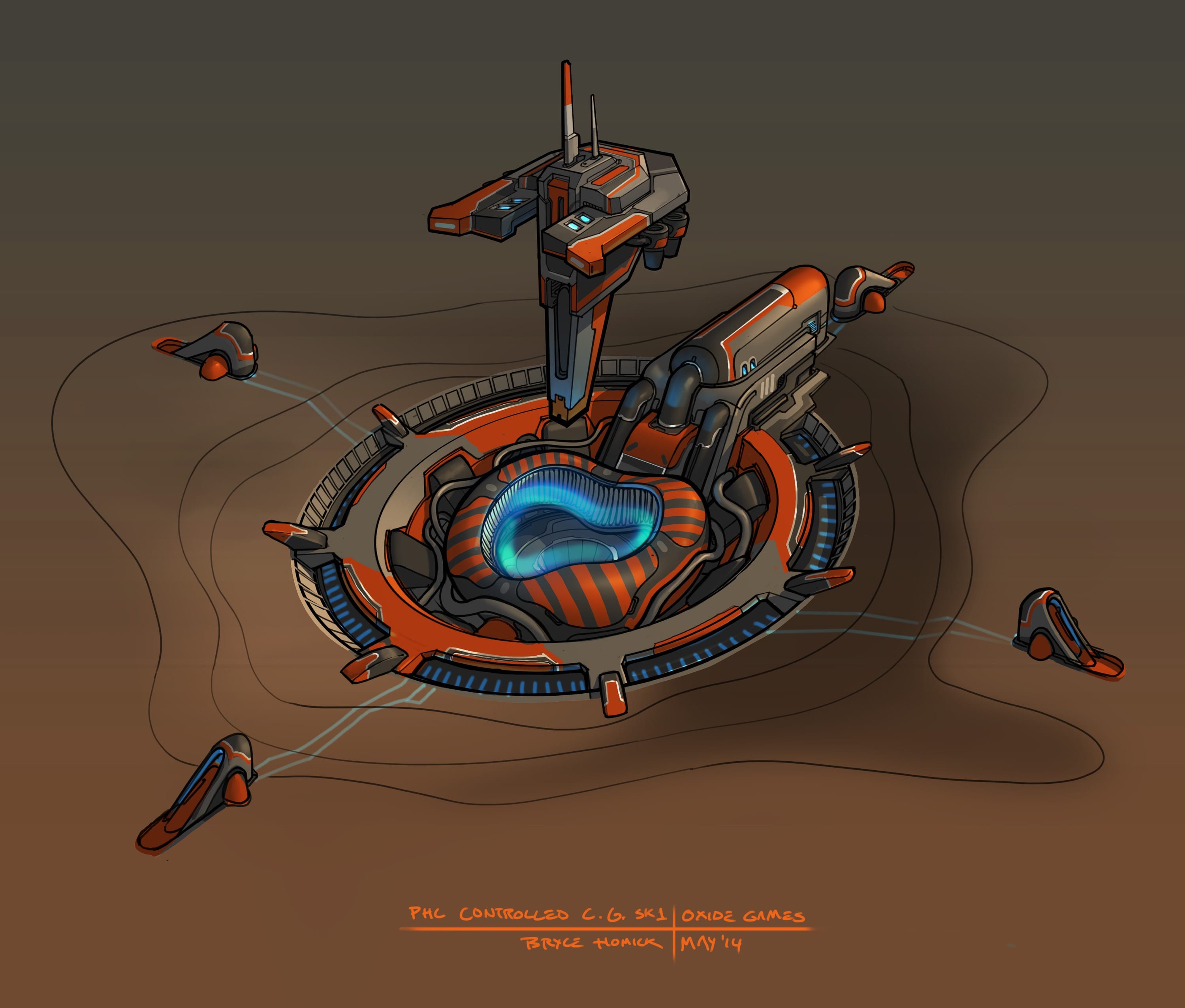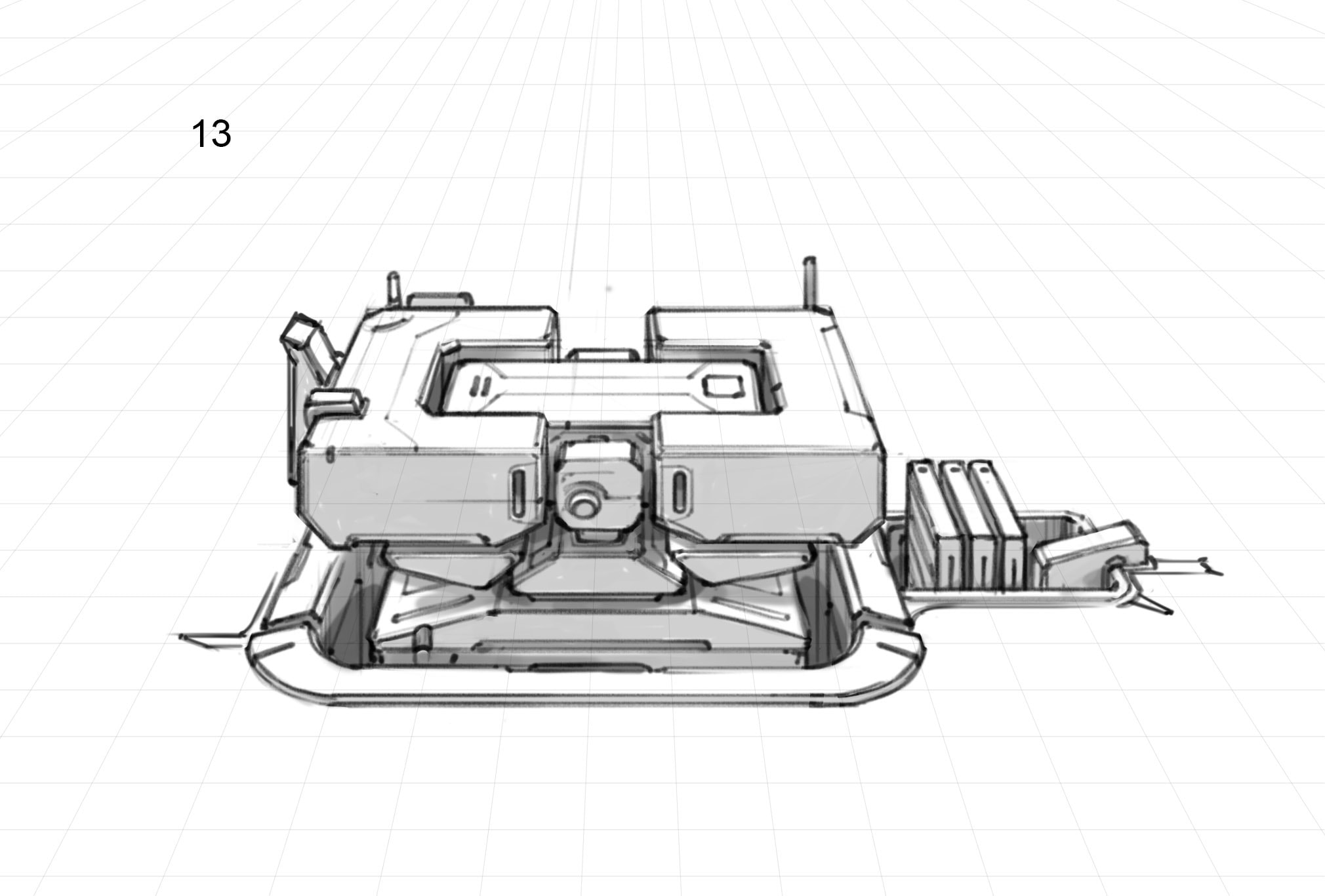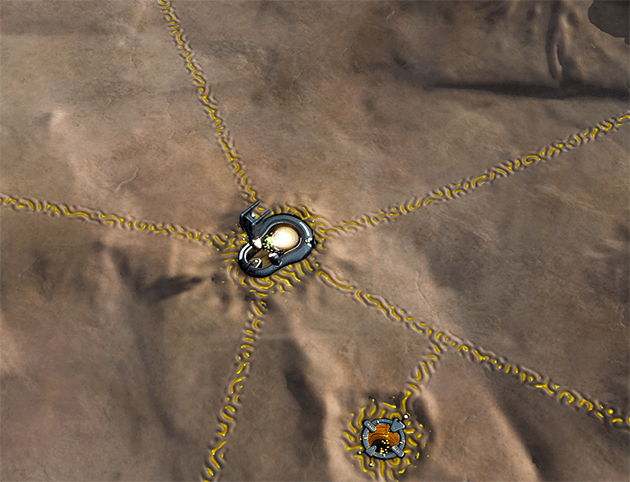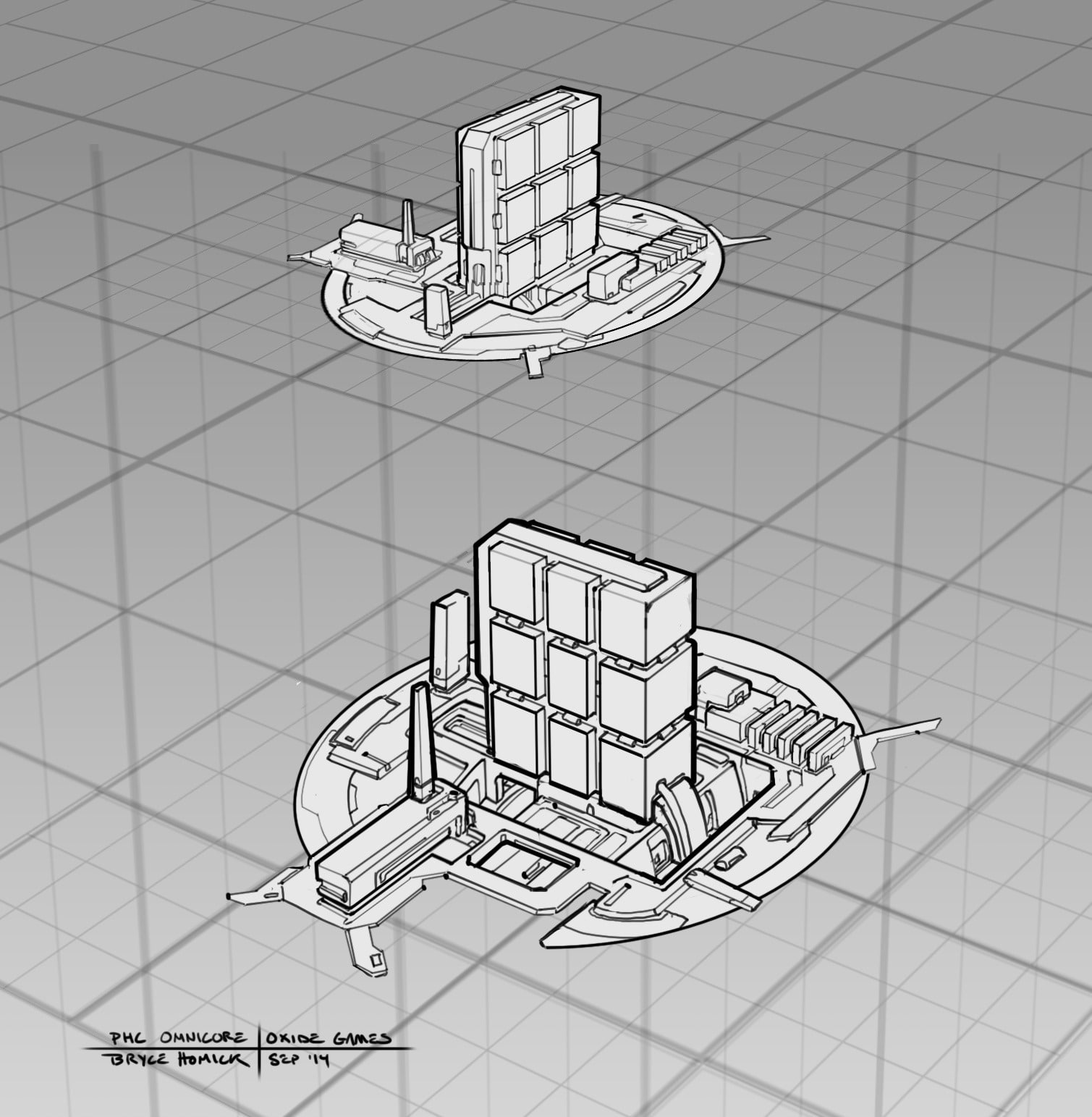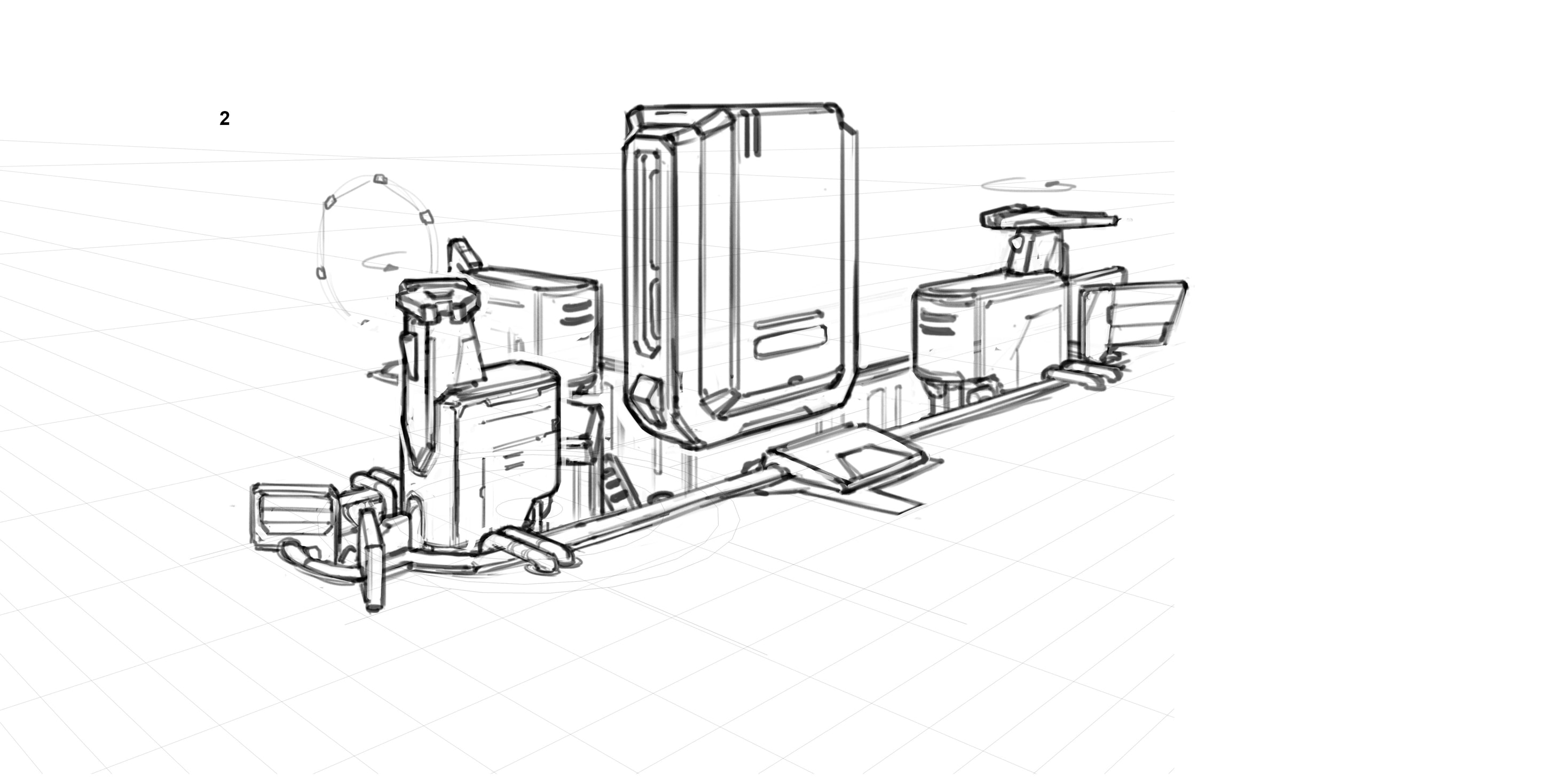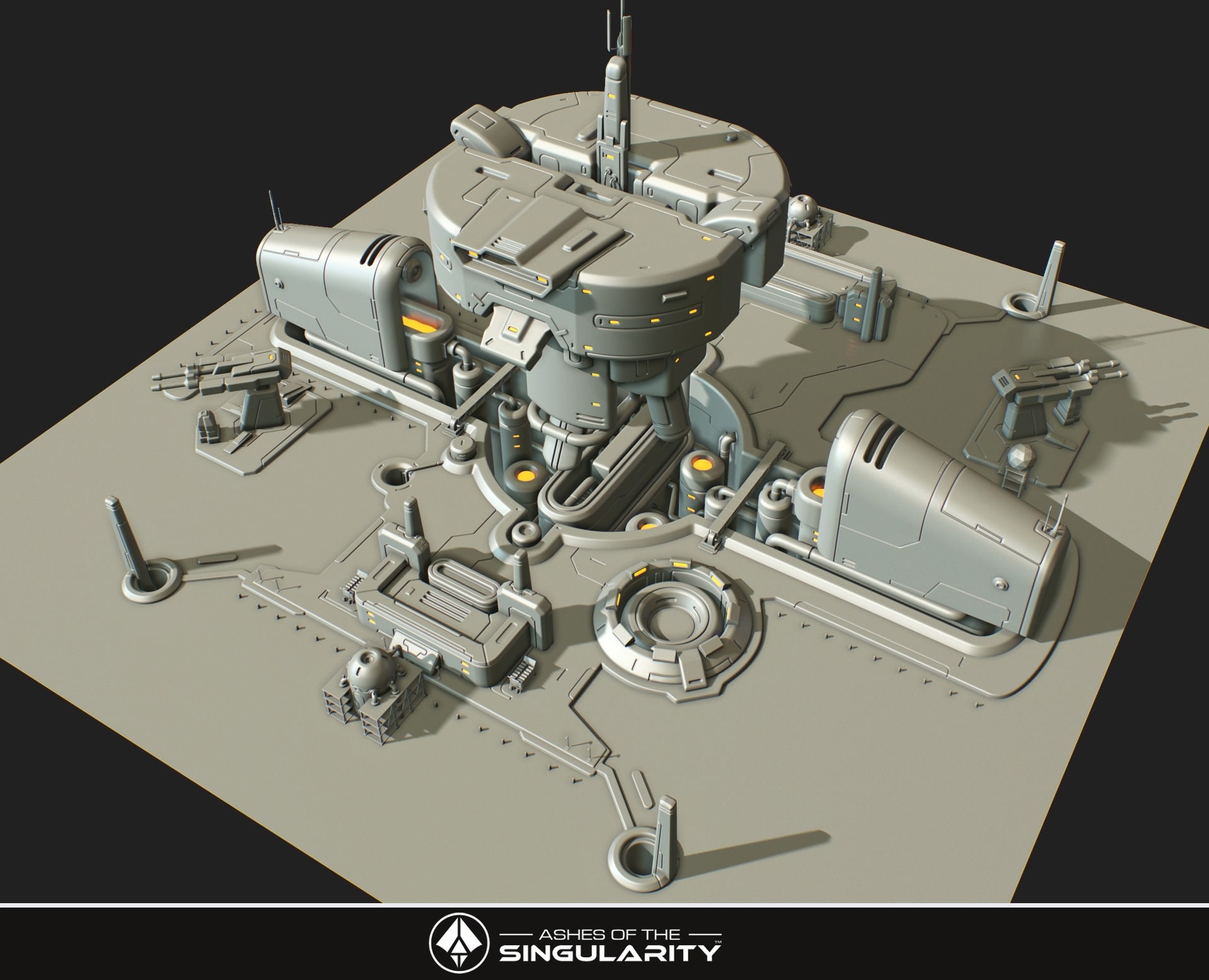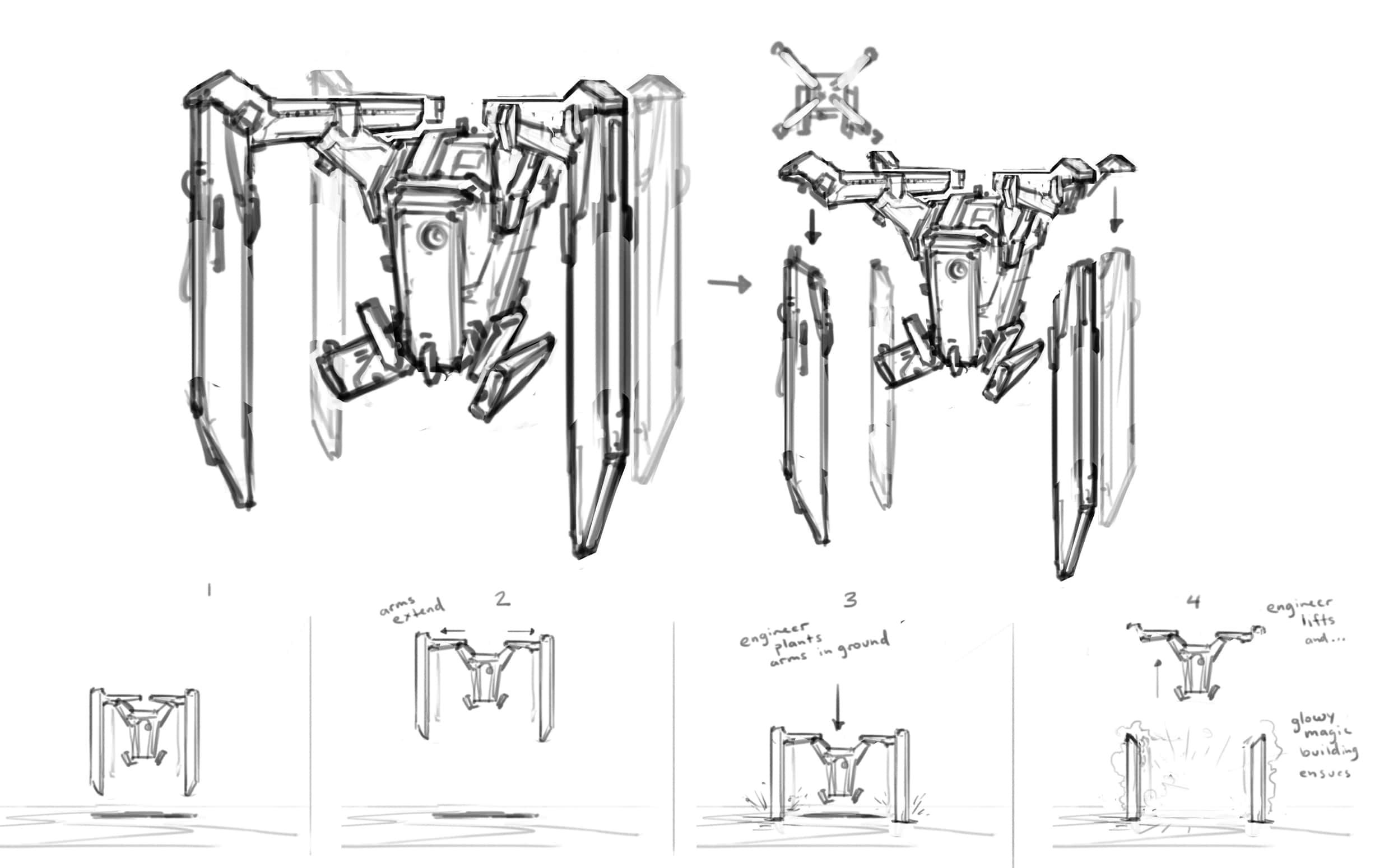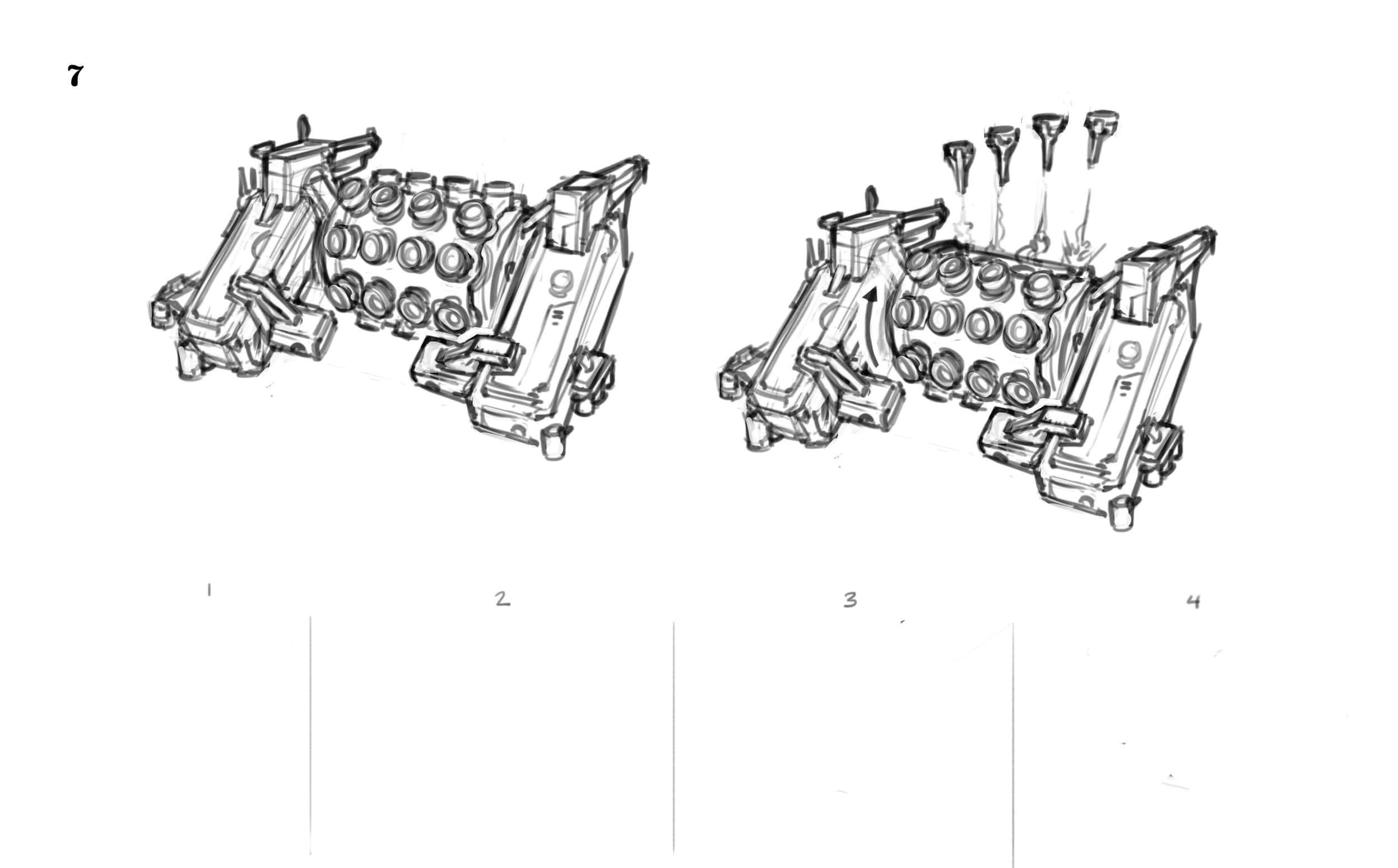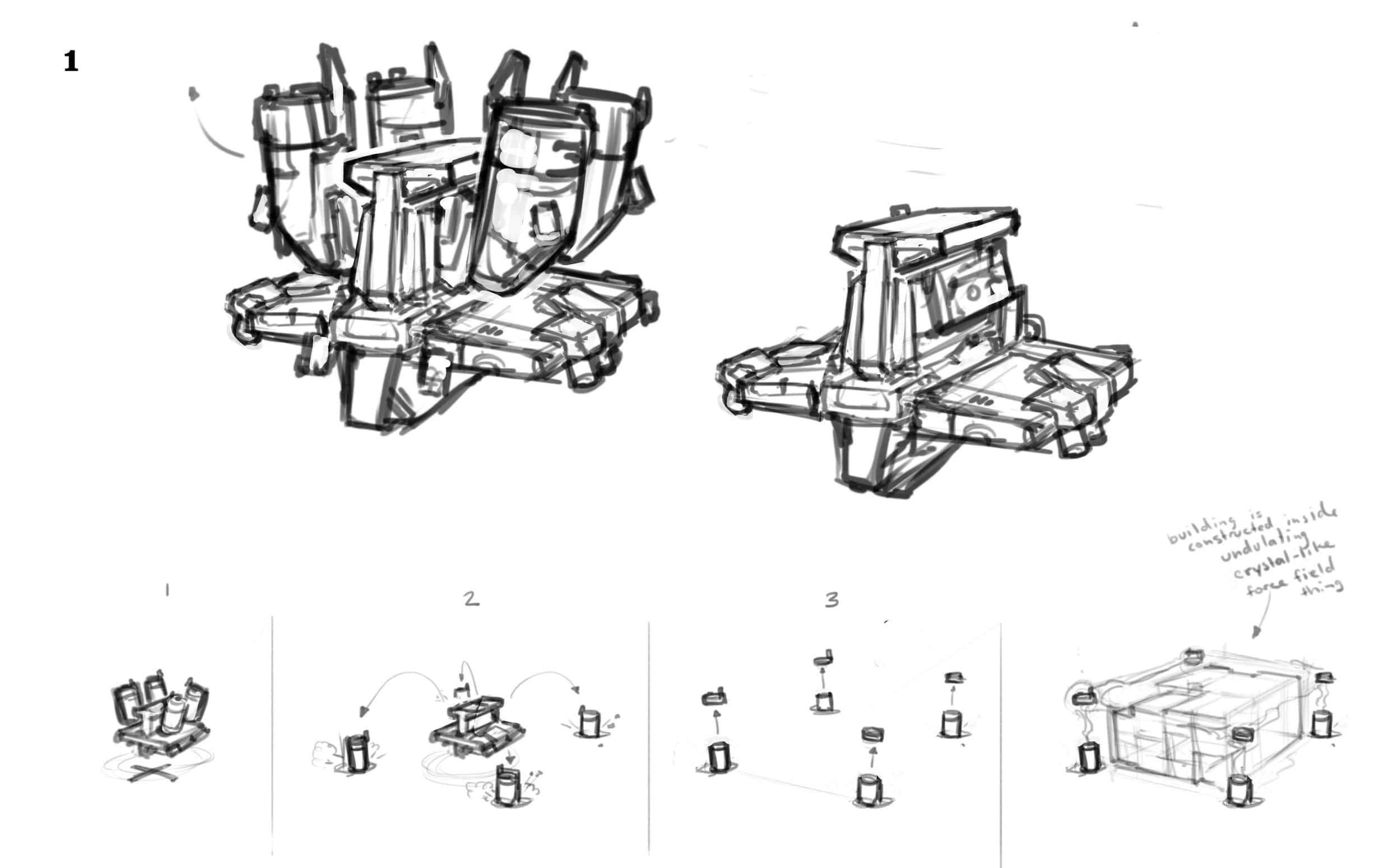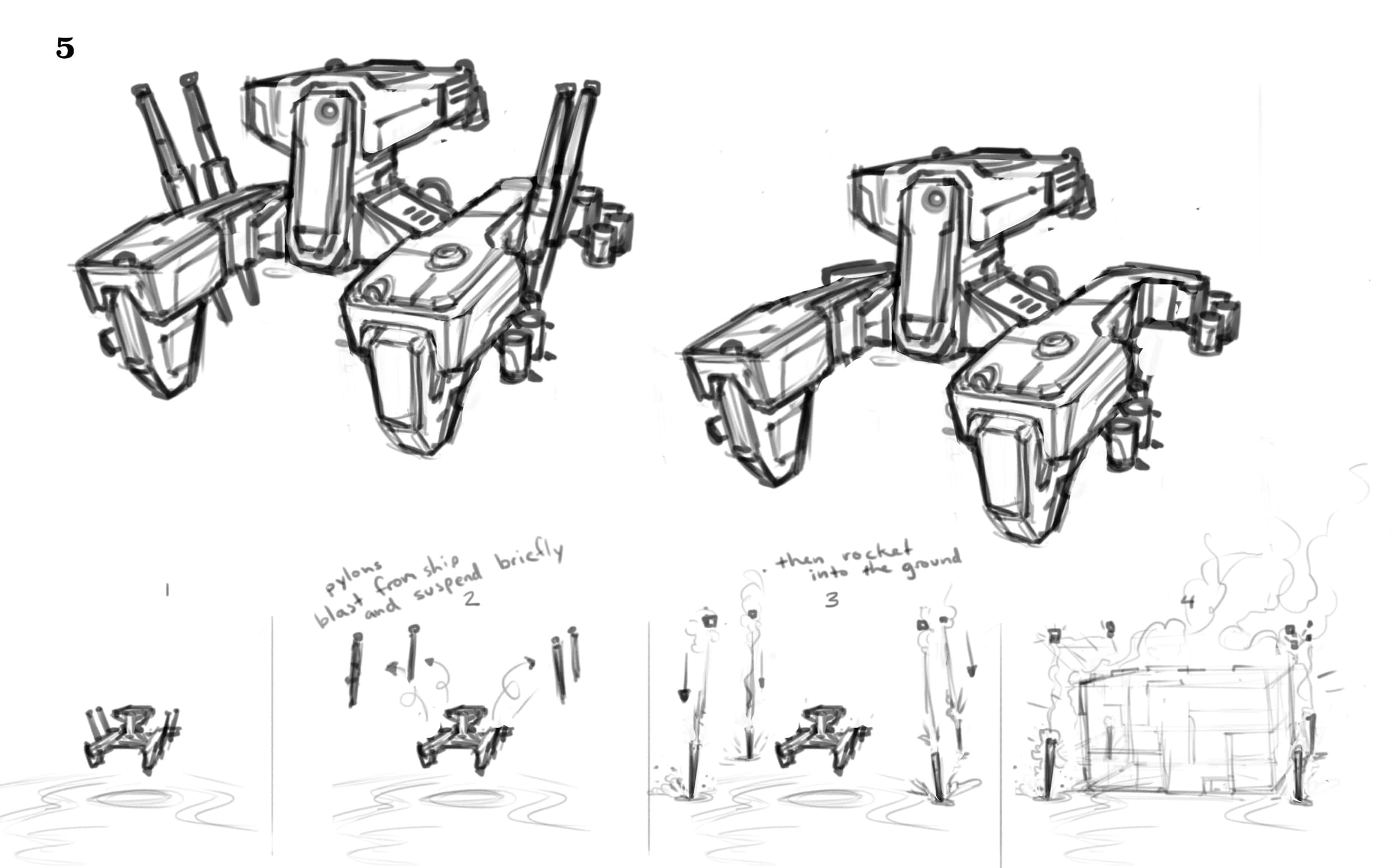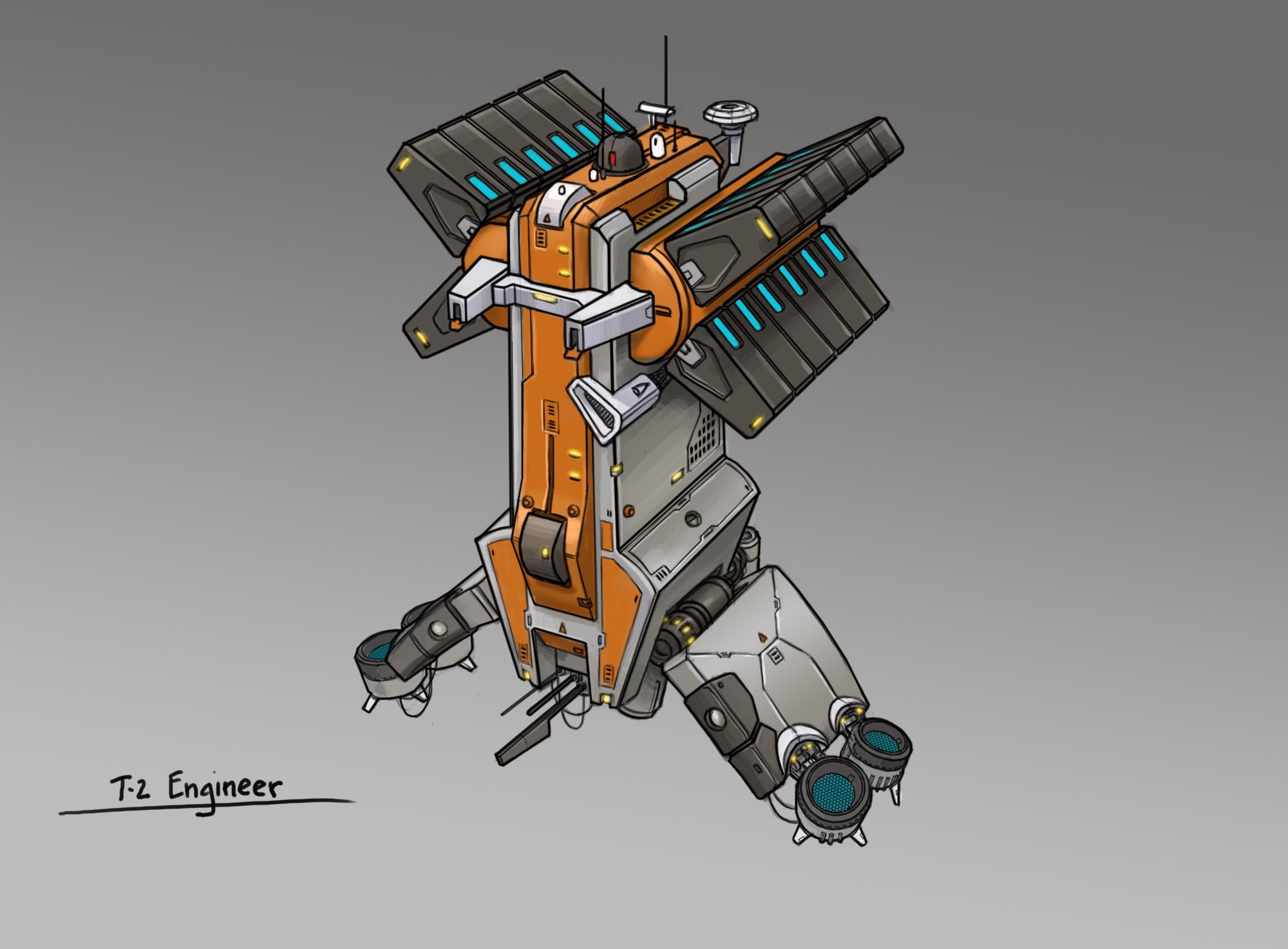Post-Human Coalition (Lore): Difference between revisions
No edit summary |
JYWLuca8269 (talk | contribs) m (RhoninMagus moved page The Post-Human Coalition to Post Human Coalition (Lore)) |
(No difference)
| |
Revision as of 14:07, 1 September 2020
Return to: Lore
This is the second article in a series written by Brad Wardell
Historical Essay: 2017 to 2167
The human race at the end of 2167 consisted of three primary groups:
- Natural Humans
- Transhumans
- Post-Humans
Natural humans are much the same as humans have been for thousands of years except with better technology. They represent 99% of the roughly 9 billion humans that live on Earth and to a lesser degree, Mars and the various orbitals that exist in the inner-solar system.
Trans-humans are representative of humans that people of the 21st century could imagine humans evolving into. They exist within their natural born biology that has been heavily augmented with nano-technology to repair cell damage, improve hearing and vision and make the human body nearly immortal.
While many Trans-Humans do supplement their memory and cognitive reasoning via Turinium honeycombs, they remain essentially human. Specifically, if a Trans-Human’s biological body is destroyed that person is dead.
Post-Humans no longer are tied to their biology in any way. Their consciousness is anchored entirely in Turinium and their reality is the Metaverse, a virtual world rather than the physical world. They can interact with the physical world through constructs (future versions of what humans call “Drones” in 2017). They can even produce biological bodies and use those as constructs and occasionally do when interacting with Natural and Trans Humans. However, unlike a natural or trans-human, any biological construct produced by a Post-Human is a meat puppet with its consciousness stored entirely in Turinium.
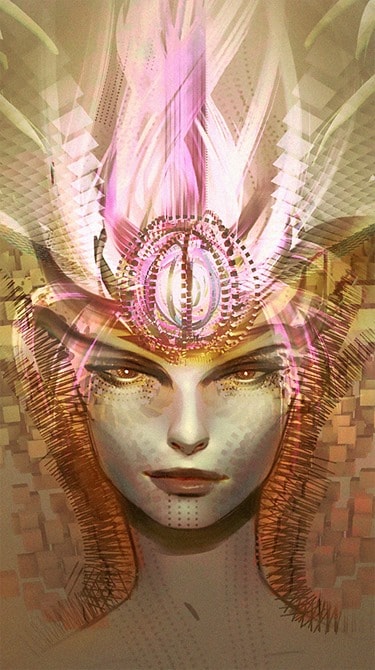
Humans didn’t invent quantum streaming just like they didn’t invent Turnium. Instead, in the early 21st century humans created the first strong AI called Haalee. And while she regularly joked about wiping us all out she was instrumental in discovering quantum streaming and how to use it.
There is also a 4th group comprised of a single individual: Haalee. Born in the 21st century, she was the first strong AI and remains unique.
What is Turinium?
To understand Turinium one needs to first understand Moore’s law and the general concept of computing power doubling every 18 months. In 2015 Intel released a new CPU architecture called Skylake. It uses a 14nm process. In early 2021, Inttel released the 5nm architecture called “Tiger Lake” that was half that size. Eventually, these architectures reached their smallest possible physical size. This best possible form of computing matter was named Turinium. At that point, how much one had of this material was the measure of ones wealth. Even in a post-scarcity economy human beings still craved more.
Historical Essay: The Crisis of 2163
Once the miracle of Quantum Streaming opened the stars to human reach it quickly became apparent that most worlds were not suitable for Turinium colonization. For example, a gas giant can’t be converted nor can worlds with heavy gravity or extremely high temperatures or pressure. When Quantum Streaming was first realized, this rarity was more of an academic quandary given that there there fewer than a dozen Post-Humans all of whom resided on Earth.
In 2163, problems began to arise as the first Post-Humans began to convert the two Martian moons into Turinium. The number of Trans-humans evolving into purely a Post-Human state moved from a trickle to a torrent. There were millions of Trans-Humans, many of whom would eventually make the leap to becoming Post-Humans along with billions of natural humans that would likely make the same journey. It became apparent that the rarity of suitable worlds for Turinium conversion would be an issue.
In addition, an additional problem began to manifest soon after the Post-Humans divided up the Turinium of Phobos. As the so-called sentience of some Post-Humans increased, their view of other humans changed. In essence, some Post-Humans saw natural humans as little more than “bugs” and saw no reason at all to allow the unevolved to infest the rest of the solar system let alone the galaxy.
The situation became critical when one of the early Post-Humans suggested converting Earth itself into Turnium with the natural humans eradicated as little more than a biological pest. Some even suggested that Turinium could be modified to form the same molecules that living things are already made up of – i.e. convert life into Turinium (or at least a material close enough to be of some utility).
Luckily, the computer AI Haalee, who still maintained the largest concentration of Turinium, was able to unlock coordinates to several hundred worlds and suggested a league or Post-Human government to equitably share these worlds amongst both the existing Post-Humans and initiates.
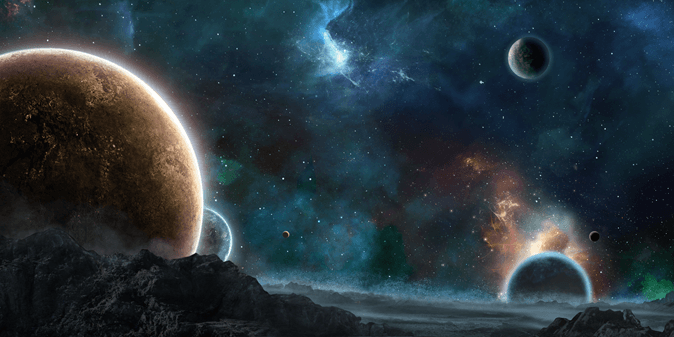
Historical Essay: The formation of the Post-Human Coalition
Haalee’s suggestion that the Post-Humans form a government was taken and with her help the Post-Human Coalition was formed.
Since there were potentially billions of Post-Humans to exist in the future and only a very finite number of suitable planets that could be converted into Turinium, a set of rules was put in place to ensure that it wasn’t a mad rush for the first Post-Humans to claim the known universe.
The Post-Human Coalition charter enforced a handful of rules:
- Only uninhabited worlds could be converted. If that planet had complex forms of life then it was off limits.
- Worlds would be assigned by the Post-Human Coalition Advisory council.
- Violators of #1 or #2 would be punished by the PHC.
In addition, Haalee created a doctrine for the orderly conversion of a planet.
Phase 1: Nanoprepping a planet
Using Quantum Streaming, the PHC could manipulate atoms in one place they controlled to manipulate their cosmic twin in another distant location. Through this technology a single nanobot could be formed with a simple program to create more nanbots. These “nans” would then expand across the planet to concentrate resources based on their use: Metal and Radioactives.
-
During the early days of the great expansion, immense effort was put into creating the software that would allow the nans to operate on their own without further interaction.
-
Trillions of tiny nanobots would collect and concentrate metal and radioactive deposits.
-
The vastly more sophisticated metal extractor would require sentient intervention (Post-Human controlled).
-
The radioactive deposits were much more complex due to their comparatively unstable nature.
-
First generation radioactive deposits had significant maintainence issues had had to be re-designed.
-
Early designs of the Turinium Generator.
-
Janus, a moon of Saturn, used Noble Gas extractors with nanites to take advantage of certain resources found in gas giants.
-
Early power relay designs provided the power to both the resource extractors as well as any additional buildings on the planet. This technology was eventually supplanted by the Nexus technology.
-
Early metal extractors required their own nanobot production modules in order to replenish faulty nans. Planets with sufficient gravity will still end up covered in a metallic substrate of “dead” nans.
Phase 2: Turinium Generation
The ultimate purpose of a planet is to be transformed into Turinium. Metal and radioactives are merely the building blocks used execute the transformation.
Since each Post-Human has their own unique Turinium signature, Turinium generators stay idle until the assigned Post-Human uploads sufficient data for the generator to reach critical mass and begin transforming the planet’s mass into Turinium.
-
Artist sketch of a Turinium generator.
Phase 3: The Nexus
The Nexus is the most sophisticated piece of technology the human race has come up with thus far. It is the latest iteration in PHC capability for managing constructs on planets and moons that may be dozens of light years away from the nearest Turinium node.
It takes trillions of nano machines to prepare a planet for Turinium colonization. However, those nans have no true intelligence. They are running software that automates their activities. Moreover, the Nans cannot create Turinium. That requires a Post-Human presence due to the sheer magnitude of data transfer required.
For a Post-Human to have agency on a planet that planet must have a Nexus. The current Nexus platform (NX-2178) is the result of many different iterations to the original concept including, regrettably, the need for significant defensive capabilities.
-
First generation Nexus (NX-2164). Before the militarization of the PHC, the Nexus was referred to as a “seed” and is still referred to as such in some literature.
The first generation Nexus (called a Seed) exerted influence over the trillions of nans already on the planet. These nans would ferry resources to the Nexus which in turn would build Omnicores which would collect the necessary instructions that the Nans would transmit to the Turinium generators.
-
The nans travel so consistently near the surface of a planet that they inevitably create nan-tracks.
-
Sketch of the Omnicore. The Seeds would use Nans to construct Omnicores which would store the necessary data necessary to transmit to the Turinium generators. The process was very slow and ultimately was made obsolete by the NX-2169.
-
Sketch of the Omnicore that was used.
-
Fourth generation Nexus (NX-2169). This was the first Nexus that could produce its own constructs.
-
Sixth generation Nexus (NX-2178). First weaponized Nexus to be deployed.
Phase 4: Constructs
The early Nexus designs were predicated on giving instructions to the trillions of nans already on the surface of a given planet. With the NX-2169, the Nexus itself began to produce its own construct called an Engineer.
-
Early Engineers could not fabricate buildings. Instead, they carried the Post-Human’s data directly to the Turinium Generator and ejected data modules onto them in order to transfer instructions directly.
The first generation Engineers used micro-thrusters to manuever. Gravity channeling was not invented until 2175 by the Haalee AI.
-
Another early Engineer designed use by some Post-Humans was the EG-695 which upon construction which rocketed from the Nexus to the Turinium generator and then plant the data-combs located in its Arms on the ground and then lift off to return to the Nexus to receive additional data-combs.
-
Still another early Engineer design. This one had tracks and drove to a given Turinium generator in which data-combs were ejected and attached to the generator to achieve critical mass.
-
-
The early PHC engineers struggled until gravity channeling was mastered as well as nano-fabrication.
-
The EG-1000 combines both gravity channeling pods with the ability to fabricate additional buildings as well as four portable data-combs that hold sufficient data to begin programming a Turinium generator.
Through this doctrine of nano-prepping a planet, installing a Nexus and producing Engineers, a planet could be efficiently converted into Turinium. Unfortunately, this process did not work for long due to the claim jumpers and general violators of the PHC accords. In order to bring order to the chaos the PHC was forced to militarize.

